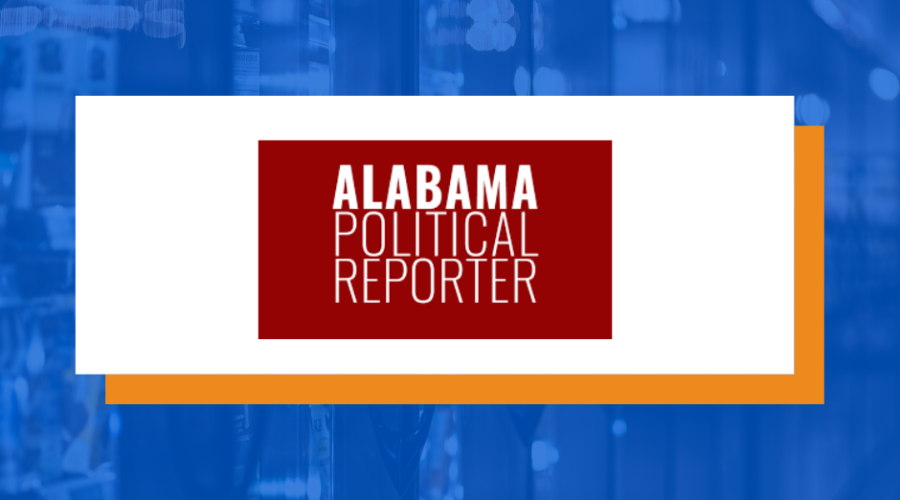Sharing economy under threat – Sharing Economy Series, part 3
Welcome to the CCC’s sharing economy series. In this series of short blog posts, I elaborate on what the sharing economy is, present the main findings of the Sharing Economy Index, and look at potential future regulations surrounding these services.
The pandemic isn’t the only obstacle sharing economy platforms have had to face for the past several months. Governments around the world have introduced new regulations that have been detrimental to consumer choice. Compared to the time when the platform economy was only starting its way into our daily lives, ride-hailing apps today are subject to many more restrictions. Some of these new interventions include employee classifications, social security, parking requirements, or outright bans.
One of the main aspects of ride-sharing that governments are trying to redefine and regulate is the relationship between service providers and drivers. Uber and other platforms treat drivers as contractors, rather than employees, but to some such an approach is unfair.
Drivers’ inability to set fares, penalties for cancelling rides, and customer engagement restrictions are among the main reasons why drivers can be seen as less independent than believed. However, on the other hand, contractor status gives drivers more flexibility and the chance to choose their own working hours. They can work for different ride-hailing apps at the same time, which would become impossible should full employee status be given to drivers.
Uber has been involved in many legal battles to protect drivers’ independence. Recently, the supreme court of the UK ruled that Uber drivers should be granted employee status and benefits that the status entails, like paying minimum wage and paid annual leave. This will likely increase the ride fare around the country.
This is not the first attempt at restricting Uber though. After protests of London black cab drivers, the transport regulation body TfL was pressured to introduce new restrictions on Uber. Some of these restrictions included a 5-minute wait between rides, which would have affected the delivery of service and, as Uber claimed, taken money out of drivers’ pockets. A petition against this restriction was signed by over 130,000 people and, fortunately, TfL decided to drop it.
Brussels took a different yet equally restrictive path. The Belgian capital recently has even gone as far as banning app-based taxi systems, the essence of ride-hailing itself. This comes after pressure from the traditional taxi drivers, who were urging the government to regulate app-based ride-hailing that was becoming harder and harder for them to compete with.
Drivers who continue to accept trips via their smartphone face a risk of getting fined or having their license revoked. While Uber hasn’t been explicitly banned, countries like Denmark and Hungary have made it impossible for Uber to operate there and have practically forced the company out of the market.
Across the ocean, the state of California has also been debating over the drivers’ status. Passed in 2020, Assembly Bill 5 (AB5) was meant to reclassify independent contractors as employees. According to the bill, ride-hailing and delivery services platforms would be required to offer multiple benefits to their drivers. This would have cost Uber and Lyft billions of dollars and increased the cost of ride-sharing services, making it increasingly unaffordable compared to traditional taxis.
Ride-hailing and delivery services platforms wanted to be exempt from granting worker-level benefits to their workers and threatened to suspend their services in the state of California. For example, it costs almost 2x more to catch a traditional taxi from LAX to Hollywood and with no more ride-hailing available, consumers would be left with fewer and more expensive options.
Proposition 22 was included in the November 2020 election ballot and passed with around 57% of California voters. This proposition allowed drivers on these apps to maintain their independent status with certain qualified benefits. But the California court recently ruled Proposition 22 unconstitutional, so it seems like the legal battle is far from being over. It is very likely that other states will follow the example of California which will put the fate of the ride-hailing in jeopardy.
Overall, even though ride-hailing services have made life easier and cheaper for consumers around the world, governments keep yielding to pressures mainly from traditional taxi industries and introducing regulations and restrictions that could potentially lead to the suspension of ride-hailing services.
The cases of the UK, Brussels and California discussed in this blogpost demonstrate a dangerous precedent for countries and cities around the world. If this trend continues, soon ride-hailing will no longer be any different from traditional services and the essence of the sharing economy will be lost. And, of course, consumers are the ones who will have to bear the burden of restricted choice.










